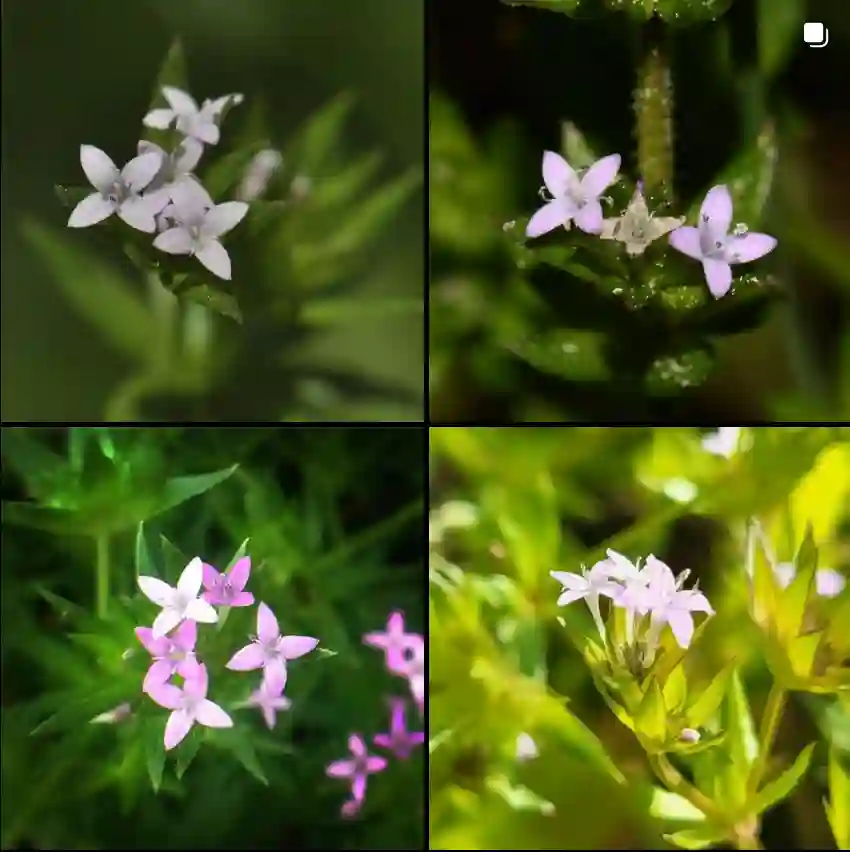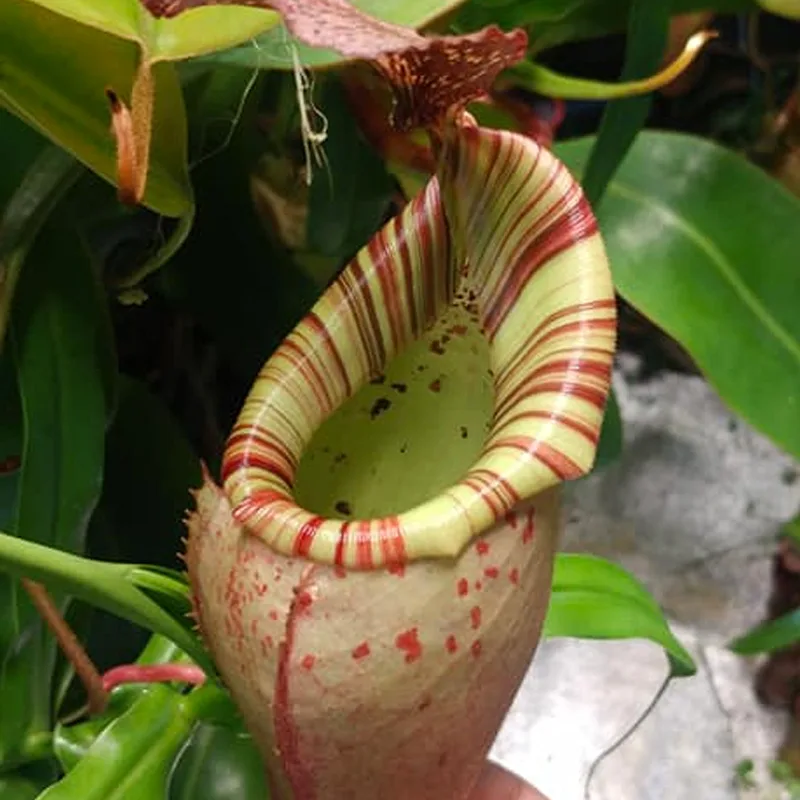Frequently Asked Questions About Helleborus Cyclophyllus
As a passionate gardener, I’ve had the pleasure of growing Helleborus Cyclophyllus, and I often get asked a range of questions about this fascinating plant. If you’re considering adding this hellebore to your garden or just curious about it, you’re in the right place. Here are the answers to some of the most frequently asked questions about Helleborus Cyclophyllus.
17 Species in Genus Helleborus – Lenten Rose
What Is Helleborus Cyclophyllus?
Helleborus Cyclophyllus, also known as the Cyclamen-leaved Hellebore, is a perennial plant native to the mountainous regions of Turkey. It belongs to the Helleboraceae family and is known for its unique foliage and charming blooms. The plant features dark green, deeply lobed leaves that resemble those of cyclamen, which is how it gets its common name. In late winter to early spring, it produces nodding, cup-shaped flowers in various shades of pink, white, or green.
How to Care for Helleborus Cyclophyllus?
Caring for Helleborus Cyclophyllus involves a few key practices:
- Location: This plant thrives in partially shaded to full shade areas. It prefers a spot that gets some morning sun but is shielded from the harsh afternoon rays.
- Soil: It needs well-drained soil rich in organic matter. Adding compost or well-rotted manure will help improve soil structure and nutrient content.
- Watering: Regular watering is essential, but avoid waterlogging. Keep the soil consistently moist, but ensure it drains well to prevent root rot.
- Temperature: Helleborus Cyclophyllus is quite hardy and can tolerate cold temperatures. It is suited to USDA hardiness zones 6 to 9.
- Fertilizing: Use a balanced fertilizer once in early spring. Avoid over-fertilizing, as it can lead to excessive foliage growth at the expense of blooms.
How to Propagate Helleborus Cyclophyllus?
Propagating Helleborus Cyclophyllus can be done in a few ways:
- Seed Propagation: Sow seeds in late summer or early fall. The seeds require a period of cold stratification to germinate, so refrigerate them for a few weeks before planting. Sow them in a well-drained seed mix and keep the soil moist. Germination can take several months.
- Division: You can also propagate by dividing established clumps. This is best done in early spring or late summer. Gently lift the plant and divide the root ball into smaller sections, ensuring each has a good number of roots and shoots. Replant the divisions in well-prepared soil.
What to Plant With Helleborus Cyclophyllus?
Helleborus Cyclophyllus pairs well with several other plants:
- Hostas: Their broad leaves complement the hellebore’s foliage and thrive in similar shady conditions.
- Ferns: Varieties like the Japanese Painted Fern or Lady Fern add texture and enhance the shaded garden setting.
- Spring Bulbs: Daffodils or snowdrops can provide an early splash of color while the hellebore’s blooms develop.
How to Use Helleborus Cyclophyllus in Garden Design?
Incorporate Helleborus Cyclophyllus into your garden design by using it as:
- Ground Cover: Its low-growing habit makes it an excellent choice for covering shady spots under trees or shrubs.
- Border Plant: Plant it along garden paths or in borders to provide year-round interest, especially in the winter and early spring when few other plants are blooming.
- Container Planting: It can also be grown in containers, adding a touch of elegance to shaded patios or balconies.
Is Helleborus Cyclophyllus Toxic?
Yes, Helleborus Cyclophyllus is toxic if ingested. The plant contains saponins, which can cause symptoms such as nausea, vomiting, and diarrhea if consumed. Keep it out of reach of pets and small children to avoid accidental ingestion.
Common Problems and Pests
Helleborus Cyclophyllus is relatively pest-resistant but can occasionally suffer from:
- Leaf Spot: Caused by fungal infections, this can be managed by ensuring good air circulation and avoiding overhead watering.
- Root Rot: This can occur in poorly drained soil. Ensure the plant is in well-drained soil and avoid overwatering.
How to Winterize Helleborus Cyclophyllus?
Prepare your Helleborus Cyclophyllus for winter by:
- Mulching: Apply a layer of mulch around the base of the plant to insulate the roots and conserve moisture.
- Pruning: Remove any dead or damaged foliage in late winter or early spring before new growth begins. This helps the plant put more energy into fresh growth and blooms.
I hope these FAQs help you understand and appreciate Helleborus Cyclophyllus as much as I do. If you have any more questions or need further advice, feel free to reach out. Happy gardening!
If i die, water my plants!



